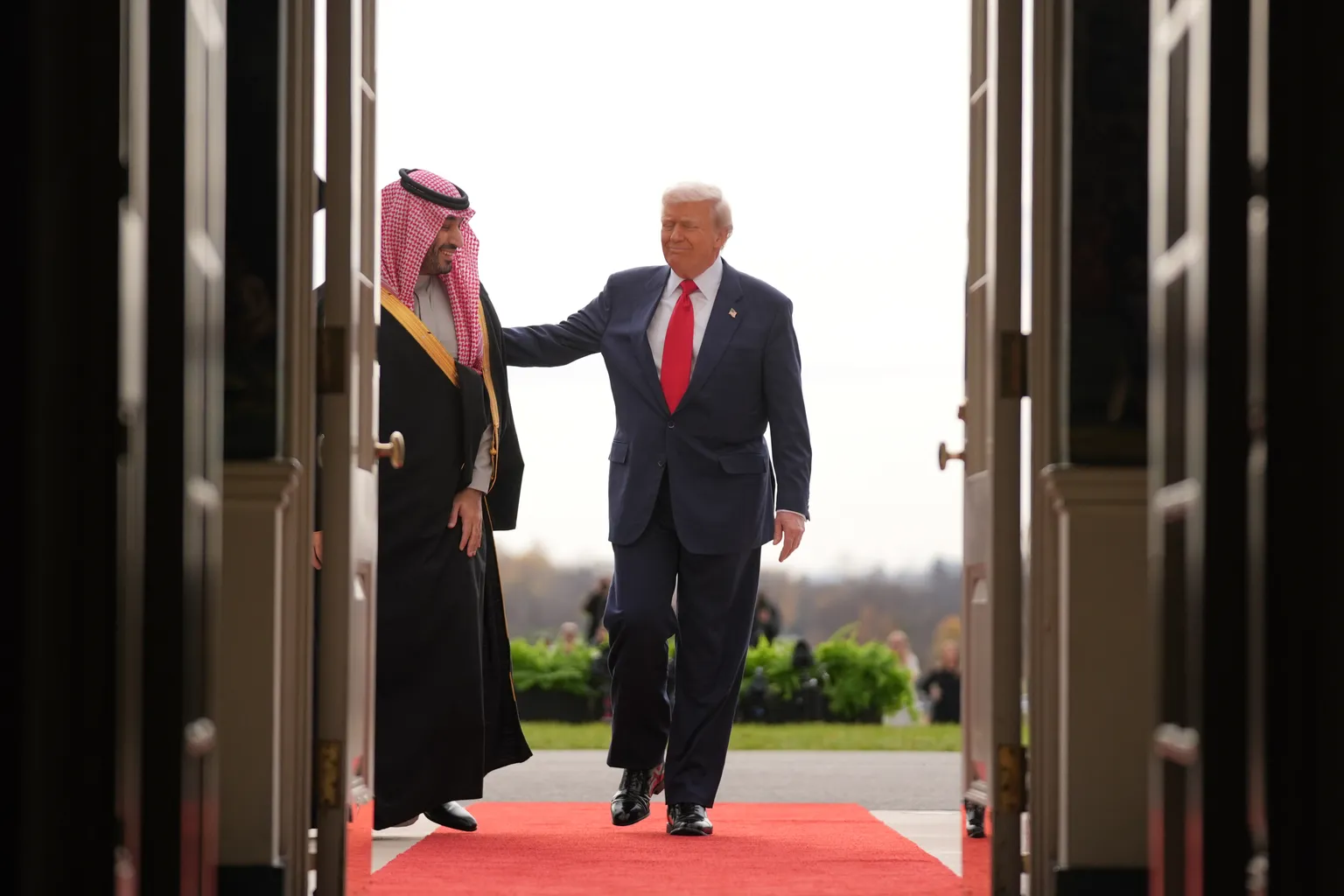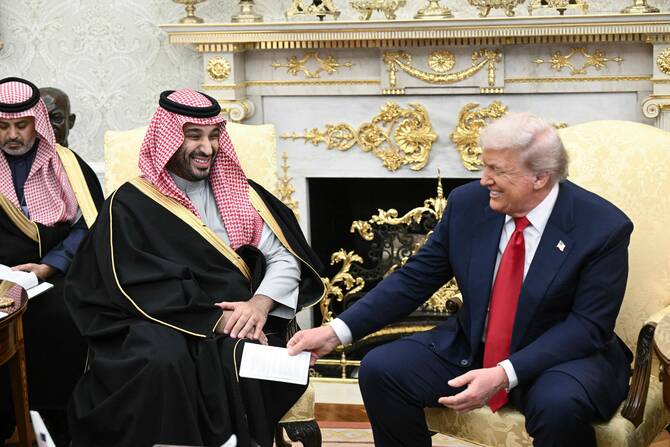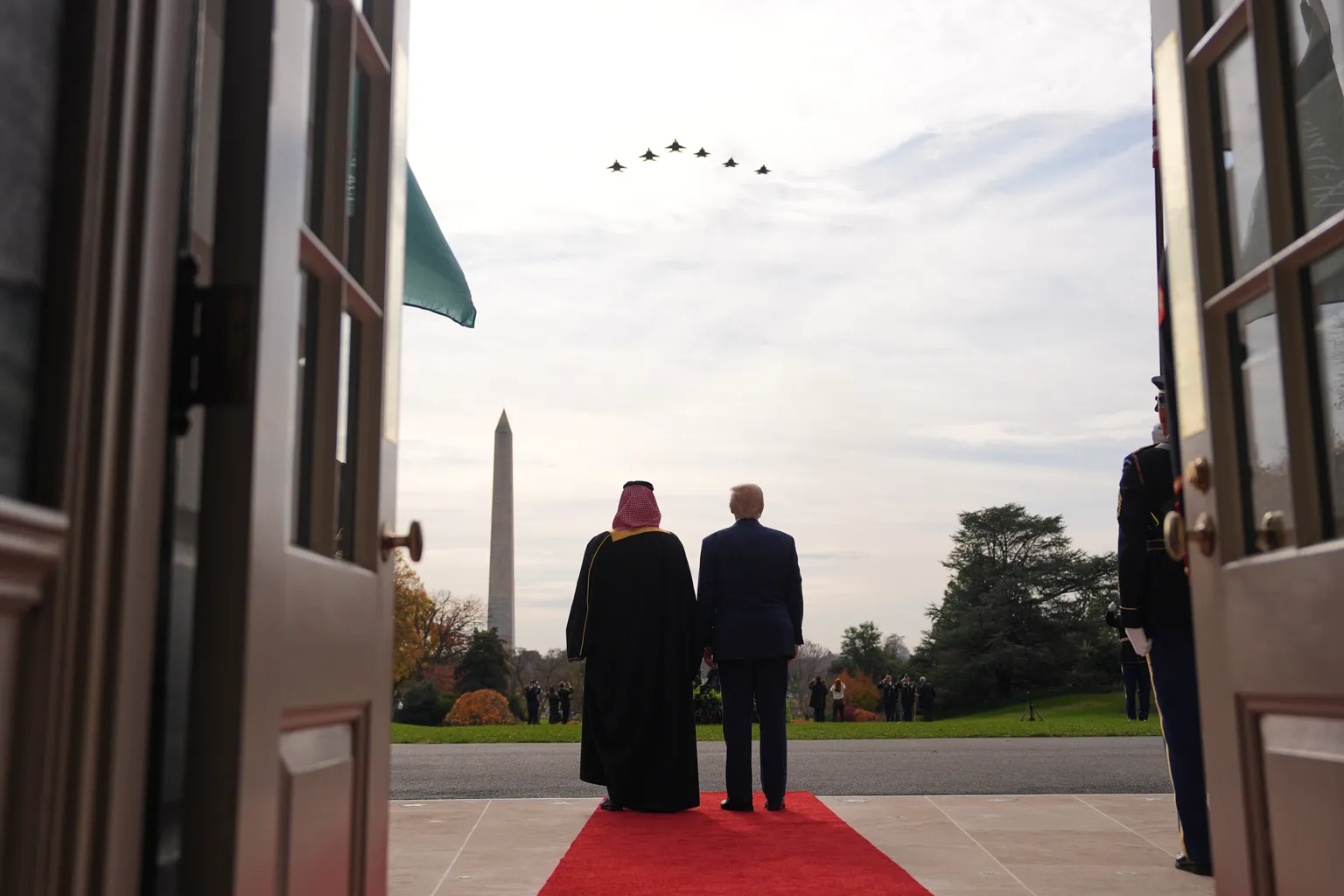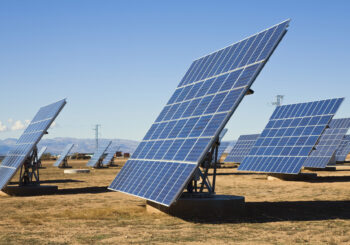Saudi Crown Prince Mohammed bin Salman’s visit to the White House on Tuesday was not just another diplomatic stop. It was a highly choreographed moment designed to show that the Saudi-US partnership is entering a new, more strategic phase.
Between the red carpet welcome, the military band, the flags raised by the US Cavalry Guard and the fighter jet flyover above the White House, the message was clear. Both countries wanted the world to see that the relationship remains central to their political and economic agendas.
A visit built on spectacle and symbolism

The ceremony surrounding the visit was unusually elaborate even by White House standards. Donald Trump walked out onto the lawn to personally receive the Crown Prince and his delegation. National anthems played. A flyover by American fighter jets took place exactly as Mohammed bin Salman arrived.
This was soft power theatre, and in Washington these moments are intentional. Saudi Arabia signaled that the Crown Prince is a global figure with high level access in the United States. The Trump administration signaled that the United States sees Riyadh as a long term partner whose presence deserves the full ceremonial weight of the presidency.
A trillion dollar headline inside the Oval Office

Once inside, the tone shifted toward policy. Mohammed bin Salman announced that Saudi investments in the United States will rise to one trillion dollars, up from six hundred billion dollars already pledged. He said these investments are tied to real economic needs, particularly Saudi Arabia’s push to build a strong AI and advanced technology ecosystem under Vision 2030.
The crown prince stressed that these are not symbolic numbers meant to please Washington. He said Saudi Arabia needs large scale computing power, AI chips and next generation infrastructure, and that American partnerships are the most effective way to acquire them.
Trump welcomed the announcement and quickly moved to his own headline. He said the United States would sell F 35 fighter jets to Saudi Arabia. This is one of the most advanced aircraft systems in the world and has traditionally been reserved for a very small group of partners. Trump said both Saudi Arabia and Israel should have top tier access.
A defense treaty that is nearly complete
One of the biggest questions hanging over the visit was whether the United States and Saudi Arabia were close to signing a defense treaty. Trump said they have pretty much reached an agreement. Mohammed bin Salman did not contradict him and instead framed the relationship as critical across security, military cooperation, economics and politics.
A formal defense treaty would mark a major shift in the relationship. It would place the US-Saudi partnership closer to the level of longstanding American alliances, something previous administrations have not pursued.
The Israel question and the path to normalization
The most politically sensitive moment came when journalists asked about the Abraham Accords and whether the Kingdom would normalize relations with Israel. The Crown Prince said Saudi Arabia wants to join the accords but only if there is a clear path to a two state solution for Palestinians.
He said he had a healthy conversation with Trump about the issue, and that he believes progress is possible. Trump said they discussed many models including both one state and two state frameworks. Although nothing concrete was agreed, both leaders wanted to show that the door to a breakthrough is open.
Concerns over oil prices and Saudi investment power
A reporter asked whether Saudi Arabia could realistically sustain one trillion dollars in investment when oil prices are hovering near sixty dollars a barrel. Mohammed bin Salman dismissed the concern. He said the opportunities are real and that Saudi Arabia is not manufacturing promises for American approval.
He pointed to AI and computing as examples. These are sectors where Saudi Arabia has skyrocketing demand, and where US based companies remain global leaders. The implication was that the economic transformation underway in Saudi Arabia requires long term partnerships that are not tied to short term oil volatility.
Why this visit matters right now
Mohammed bin Salman called the visit a huge new chapter for both nations. Trump described the Crown Prince as someone who is respected by everybody. The ceremony, the announcements and the signals were all pointing toward the same conclusion. The relationship is deepening and both countries want the world to take notice.
For decades, Saudi-US relations were built on a simple understanding. The United States provided security and Saudi Arabia provided energy stability. That model does not reflect the relationship today. Saudi Arabia is refashioning itself as a technology and investment hub. The United States is navigating a world where China is expanding its regional footprint. Both sides see strategic value in binding their interests more tightly.
This visit was designed to show that shift. One trillion dollars in investment. A nearly complete defense treaty. Cooperation on artificial intelligence. A possible opening toward Israeli normalization. Access to advanced weapons like the F 35.
These do not yet form a single historic agreement, but they add up to a clear message. Riyadh and Washington are preparing for a new era in their partnership, one shaped not only by oil but by technology, defense and geopolitical strategy.
The real test now will be how quickly the declarations made in Washington translate into concrete policy, investment and security commitments. For a partnership that both sides describe as irreplaceable, the next few months may be just as defining as the historic visit itself.








Comments (0)